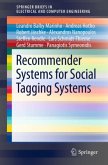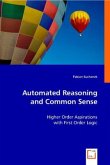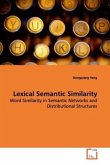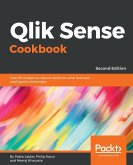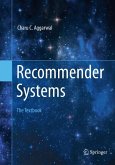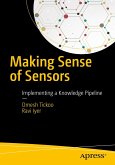The massive growth in size of the Internet has resulted inincreased difficulty in organizing and searching through theinformation present on it. Several strategies have been employed totackle this problem. With the coming of Web2.0, user-created dataand sharing of information among peers, folksonomy has become thenorm for categorization of data. The loose structure of folksonomyhas led to easier categorization of the huge amounts of informationbut has also given rise to some serious problems. Users taginformation based on their own experiences, preferences and commonsense. This leads to difficulties in searching and organization ofinformation. In this work, we describe that since user common sensehas generated both folksonomy and a corpus of machine common sense,it seems appropriate that the common sense be used for addressingthe problem of search in folksonomy. An architecture for such anoperation will be created which allows the application of machinecommon sense and user personalization to address the issues ofsearch in folksonomy-based systems.


